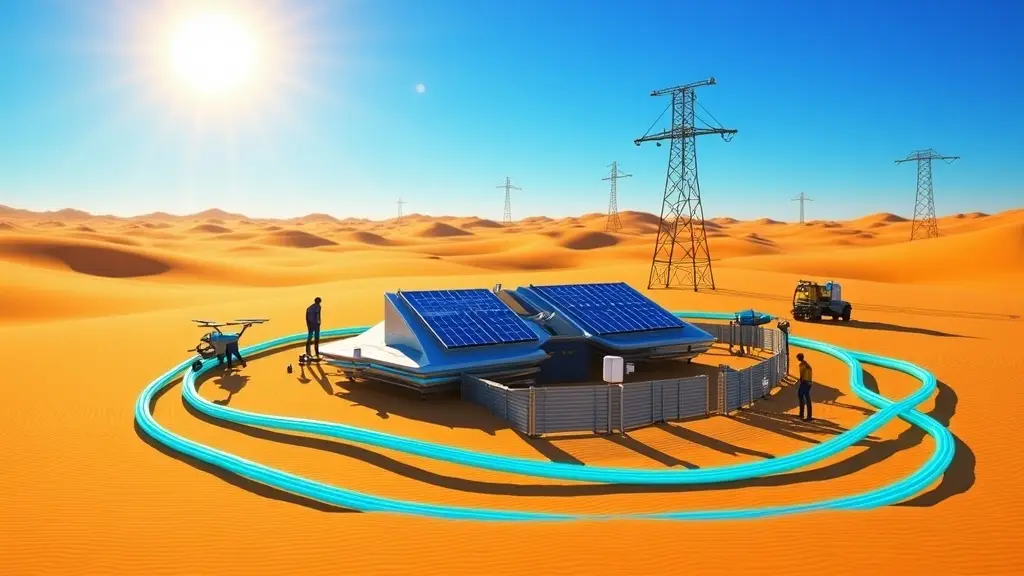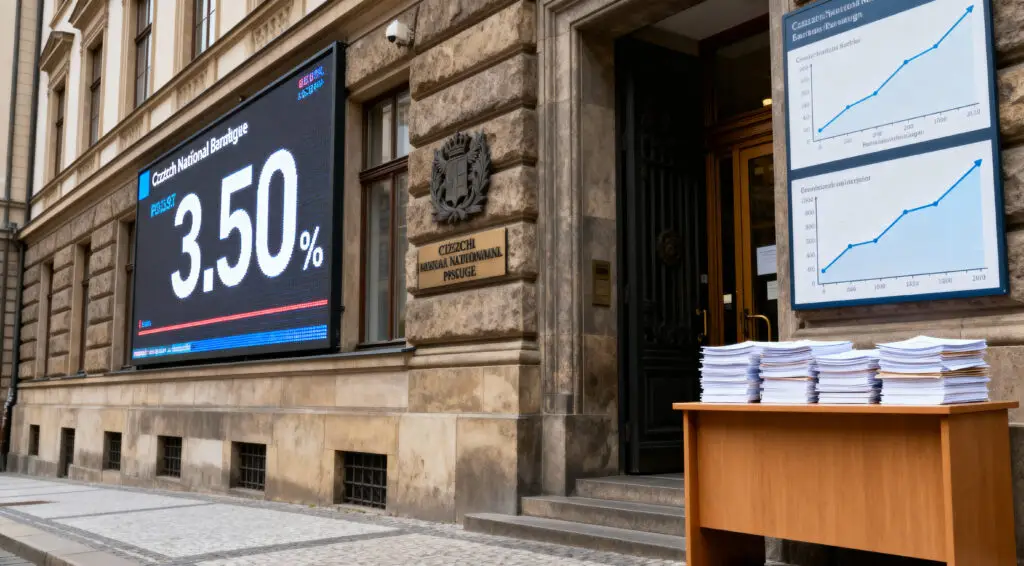Saudi Arabia Positions Deserts as Hyperscale Frontier
Saudi Arabia’s deserts are becoming prime locations for hyperscale data centers because they offer land, stability, and unmatched resilience. The kingdom’s land is geologically stable, so there is little risk of earthquakes or floods. This makes investors more confident in building important infrastructure.
The president of Microsoft Arabia said that the landscapes in Saudi Arabia offer unique chances to build facilities without the restrictions that come with older global hubs. Independent power, advanced cooling, and integrated networks can all work in open spaces, which gives them scalability benefits that are hard to find anywhere else. This flexibility makes Saudi Arabia a leader in building new infrastructure.
Cost and Geography Provide Competitive Advantages
PwC points out the differences between Saudi Arabia and places like Singapore, where land is scarce, costs are high, and rules make it hard to build big things. On the other hand, the Kingdom has cheap land and fiber routes that run under the sea and on land, connecting Asia, Africa, and Europe directly.
Bain consultants also said that infrastructure developers have unique chances because of the abundance of land, cheap solar energy, and good weather. Government support in the form of incentives and fewer rules makes the Kingdom even more appealing, making it a hub for connectivity between three continents. This formula gives Saudi Arabia a stronger competitive edge in the region.
Renewable Energy Strengthens Digital Infrastructure Appeal
Saudi Arabia uses renewable energy sources like solar and green hydrogen to cut down on emissions and save a lot of money on long-term operating costs. Even though it gets very hot, low humidity helps advanced cooling methods work, so data centers can stay efficient even in the harsh conditions of the desert.
Experts said that liquid and immersion cooling solutions are becoming more practical, thanks to policies and investments in infrastructure that encourage innovation. Solar irradiance gives you very cheap power, and cooling that saves water makes your business more environmentally friendly. These things make energy efficiency fit with Saudi Arabia’s environmental goals.
Recommended Article: Apple iPhone 17 Lineup Launches With Air Model Innovation
Integration With Megaprojects Enhances Growth Potential
Saudi megaprojects like Neom include hyperscale campuses in their plans for smart cities of the future. These projects will be built into the country’s development. Projects backed by PIF show that data infrastructure is very important for AI, quantum, and cloud ecosystems.
The expansion of subsea cables improves connectivity by connecting Saudi Arabia to Europe, Africa, and Asia. This makes it more likely to become a global data corridor and helps Vision 2030 goals. This kind of integration shows that you are planning for the future.
Regional Competition Intensifies Among GCC States
To become the leader in the region, the UAE and Qatar put a lot of money into their national data capacity and work on AI and cloud strategies. Saudi Arabia is still the best long-term candidate in the GCC because of its size, cheap energy, and strong government support.
PwC says that regional capacity will triple in the next five years because more and more GCC states are using cloud and AI. Saudi Arabia is at the head of this wave because of its ambitious government programs, partnerships, and funding. Its lower costs keep it competitive with other companies in the area.
Vision 2030 Anchors Infrastructure Transformation Goals
Hyperscale centers are in line with Vision 2030, which promotes diversity, digital transformation, and job growth. Companies like Oracle, Google, Microsoft, and Amazon are expanding their operations to help Saudi Arabia reach its goals.
Microsoft said that Azure’s launch in different parts of the world was both good for business and good for strategy. It created jobs, built innovation hubs, and trained thousands of people in cloud technologies. The project could be worth $24 billion and give 100,000 Saudis advanced digital skills. These results support Saudi Arabia’s long-term goals.
Saudi Arabia: A New Leader in Global Digital Infrastructure
Saudi Arabia’s deserts now stand for opportunity, turning geographical problems into opportunities for the growth of global digital infrastructure and technological resilience. Affordable land, renewable energy, and subsea connectivity come together to make hyperscale providers looking for new markets very interested.
Saudi Arabia is becoming a leader in hyperscale infrastructure on both a regional and global scale, with tech giants around the world promising billions. Vision 2030’s alignment makes sure that this growth fits in with bigger economic plans. In the end, Saudi Arabia shows how innovation can thrive in places you wouldn’t expect.























